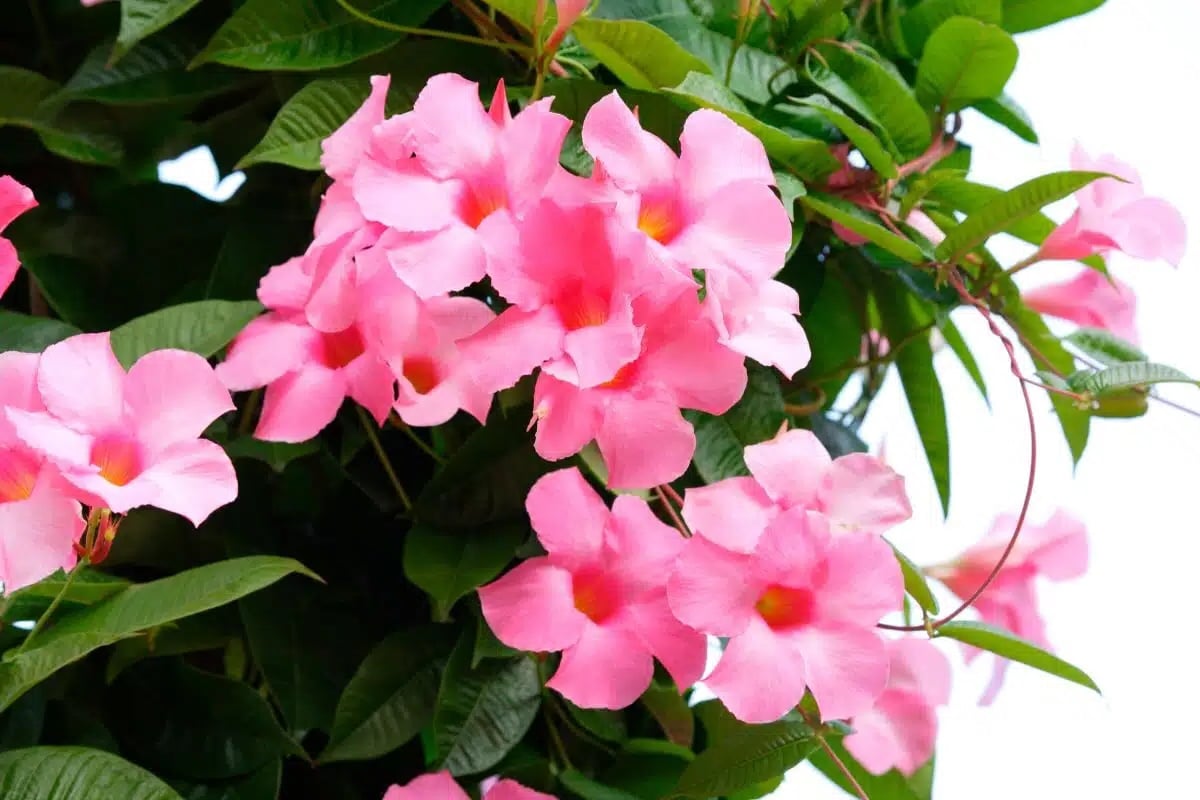How To Keep Your Dipladenia Blooming Year-Round With These Simple Care Tips
Keeping your dipladenia in bloom all year long is more than possible with the right care routine. This striking tropical plant, also known as mandevilla, dazzles with lush flowers in white, pink, red, or yellow. Native to South America’s tropical forests, dipladenia adds exotic flair to balconies, gardens, and interiors—and it doesn’t ask for much in return.
Essential Care Tips to Keep Your Dipladenia Flowering All Year
Dipladenia thrives in bright, warm conditions that mimic its native climate. To encourage nonstop blooming, give your plant at least six hours of direct sunlight daily. Early morning sun is ideal, while protection from the harsh midday heat prevents leaf damage.
Goodbye to energy dependence – Alaska discovers more than 1,200 TWh hidden under the ice, and the find could change the world
Goodbye Pepsi: Costco makes a major decision that completely changes its strategy with sugary drinks
Indoors, place your dipladenia near a sun-filled, south-facing window to soak up as much natural light as possible. Since this plant needs temperatures above 10°C (50°F) to stay healthy, move it indoors during colder seasons. In regions with milder winters, such as parts of South Africa, dipladenia may thrive outside all year if sheltered near a warm south-facing wall.
Watering is crucial for consistent blooms. From May through September, water moderately about twice a week. As autumn approaches, scale back watering to once every ten days for indoor plants. Always let the top layer of soil dry out between waterings—dipladenia is sensitive to overwatering, which can lead to root rot.
How To Prune and Feed for Maximum Flower Power
Pruning helps dipladenia produce more flowers. While light trimming to shape the plant can be done anytime, the most critical pruning should take place in late winter, ideally between February and March. Cutting back stems by a third stimulates new growth and a fresh wave of blossoms.
Regularly removing faded flowers encourages the plant to create new buds instead of focusing energy on seed production. This technique, also used with hydrangeas, can extend your plant’s blooming cycle significantly.
Feeding is another key factor. Use a liquid fertilizer rich in potassium, specially designed for flowering plants. Apply it every two weeks from spring through fall, then stop during the plant’s rest period in winter. Many gardeners prefer natural fertilizers similar to those used for oleander, as both plants have similar nutrient needs for lush blooms.
Create the Ideal Environment for Dipladenia to Thrive
Repot your dipladenia every two to three years in early spring using well-draining potting soil. Choose a container slightly larger than the last, and line the base with clay pebbles to prevent water buildup and encourage healthy roots.
Rainwater is ideal because it contains little lime, which can interfere with nutrient absorption. If that’s not an option, simply let tap water sit overnight before watering your plant. This, along with repurposing organic garden materials, creates a healthy, natural environment for your dipladenia.
How detonating a nuclear bomb could protect planet Earth
Buys a coal mine for $2 million and discovers metals worth up to $36 billion
In winter, maintain temperatures above 10°C, and cut back on both watering and fertilizing. A bright but unheated room is ideal, allowing your plant to rest while still getting enough light. Keep it away from heaters and cold drafts—sudden temperature changes can stress the plant and interrupt blooming.
With just a little attention, your dipladenia will reward you with spectacular flowers nearly all year long. This easy-to-grow tropical plant adds lasting color and warmth to any space, proving that even minimal effort can yield bold, beautiful results.
